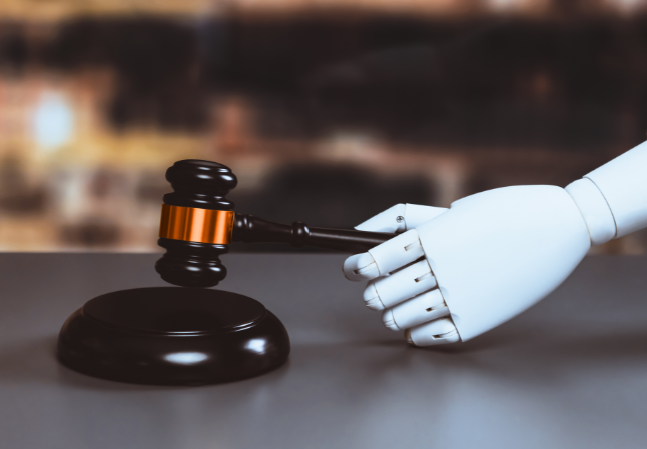- videocam On-Demand
- signal_cellular_alt Intermediate
- card_travel Personal Injury and Med Mal
- schedule 90 minutes
3D Demonstrative Evidence in Personal Injury Trials: Leveraging New Technology and Navigating Admissibility
Ensuring Objectivity and Accuracy of Accident and Scene Reconstruction in Trucking, Auto, and Premises Liability Cases
Welcome! Save 30% on all CLE, CPE, and Professional Skills webinars, plus 15% off any annual pass with code CYBER2025
About the Course
Introduction
This CLE webinar will discuss best practices for creating and using 3D accident and scene reconstruction models and the implications on admissibility in federal court of new Federal Rule of Evidence 107 and the amendments to FRE 702.
Description
Scene and accident reconstruction are vital in many types of personal injury cases such as trucking and auto cases as well as premises liability. New technologies and the decrease in the cost of using them now allow litigants to easily and economically create realistic 3D models and visuals that let judges and jurors experience relevant evidence and the scene of accidents and injuries.
At the same time, there is an increased insistence on objectivity and accuracy when these kinds of demonstrations are used. Amended FRE 702 requires trial judges to act as the gatekeeper of expert testimony and methodologies, and new FRE 107 requires distinguishing between inadmissible illustrative aids and admissible demonstrative evidence the jury can take to deliberations. Even in state courts with more lenient admissibility standards, counsel should be able to substantiate the reliability of its experts and its trial aids.
Listen as this panel of attorneys and consultants offers best practices for creating and using 3D models in federal or state court and for strengthening or weakening an expert's opinion.
Presented By

Professor Miller is the creator and Blog Editor of EvidenceProf Blog, which addresses recent developments in Evidence precedent, legislation, and scholarship. His areas of expertise include Evidence, Criminal Law and Procedure, and Civil Procedure.

-
This 90-minute webinar is eligible in most states for 1.5 CLE credits.
-
Live Online
On Demand
Date + Time
- event
Thursday, June 12, 2025
- schedule
1:00 p.m. ET./10:00 a.m. PT
I. Overview of 3D technologies and use cases
II. Evidentiary issues related to 3D technology
A. Federal court
1. Amended FRE 702
2. New FRE 107
B. State court issues
III. Practical tips for examination and cross-examination of modelers and accident reconstruction experts
The panel will review these and other key issues:
- How can counsel ensure and/or test whether a 3D demonstration has created a standardized and objective representation of the environment in question?
- Who can create 3D demonstrations? What credentials are necessary?
- Should demonstrations be from an aerial perspective or from the perspective of the actual participants?
Unlimited access to premium CLE courses:
- Annual access
- Available live and on-demand
- Best for attorneys and legal professionals
Unlimited access to premium CPE courses.:
- Annual access
- Available live and on-demand
- Best for CPAs and tax professionals
Unlimited access to premium CLE, CPE, Professional Skills and Practice-Ready courses.:
- Annual access
- Available live and on-demand
- Best for legal, accounting, and tax professionals
Unlimited access to Professional Skills and Practice-Ready courses:
- Annual access
- Available on-demand
- Best for new attorneys
Related Courses

Auto and Truck Injuries: Litigating Roadside Hazard and Roadway Design Claims
Wednesday, January 21, 2026
1:00 p.m. ET./10:00 a.m. PT

Employer Vicarious Liability in Personal Injury Cases: Claims, Defenses, ALI Special Rule for Sexual Assault
Thursday, December 18, 2025
1:00 p.m. ET./10:00 a.m. PT
Recommended Resources

Making Continuing Education Work for You, Anytime, Anywhere
- Learning & Development
- Career Advancement

Getting the Most Out of BARBRI Resources
- Learning & Development
- Business & Professional Skills
- Talent Development

